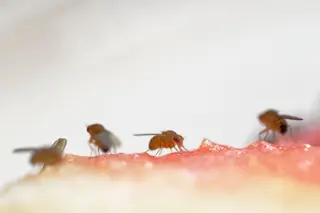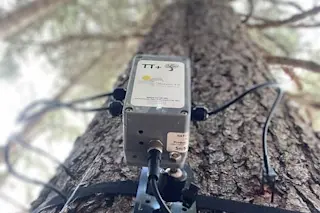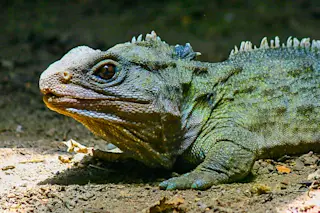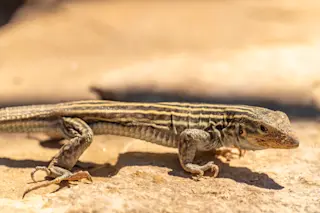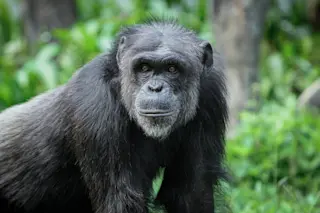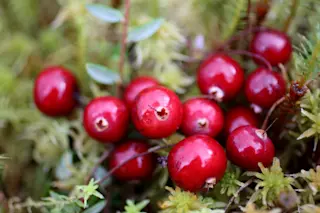The seeds that twirl down from maple treesevery spring can fly as far as a mile, with each wing-shaped seed spinning like a whirligig on the air. Studies have shown that the seed’s whirling, called auto-rotation, gives it extra lift, but why this occurs has never been explained. It took an aerospace engineer, David Lentink of the Wagenigen University in the Netherlands, to figure it out [The New York Times].
Lentink and his colleagues first studied how a model of a maple seed moved in a tank of oil, and then filmed a real seed falling through a smoke-filled wind tunnel, which allowed them to observe the air currents around the seed. The images the team obtained showed that a swirling maple seed generates a tornado-like vortex that sits atop the front leading edge as the “helicopter” spins slowly to the ground. This leading edge vortex lowers the air pressure ...


